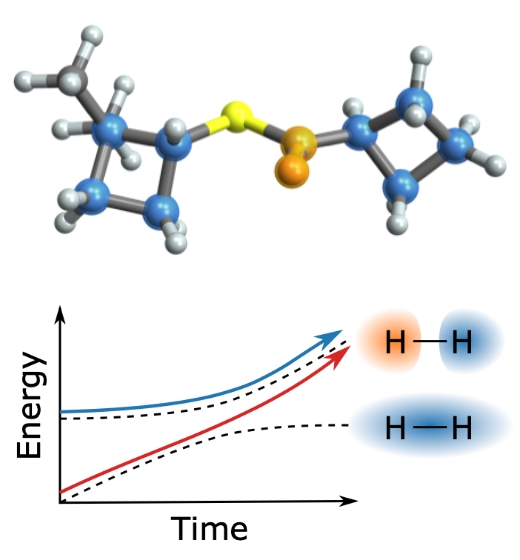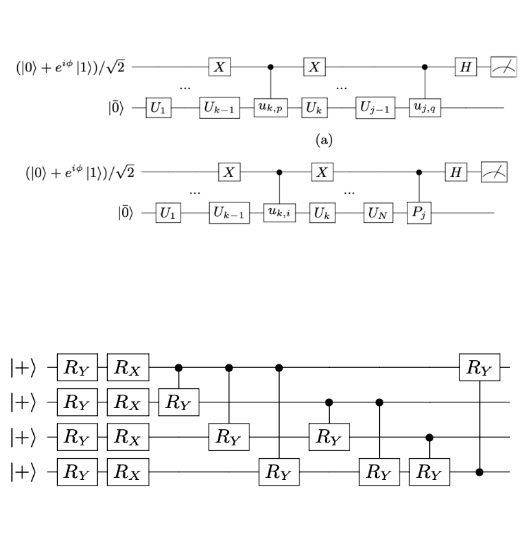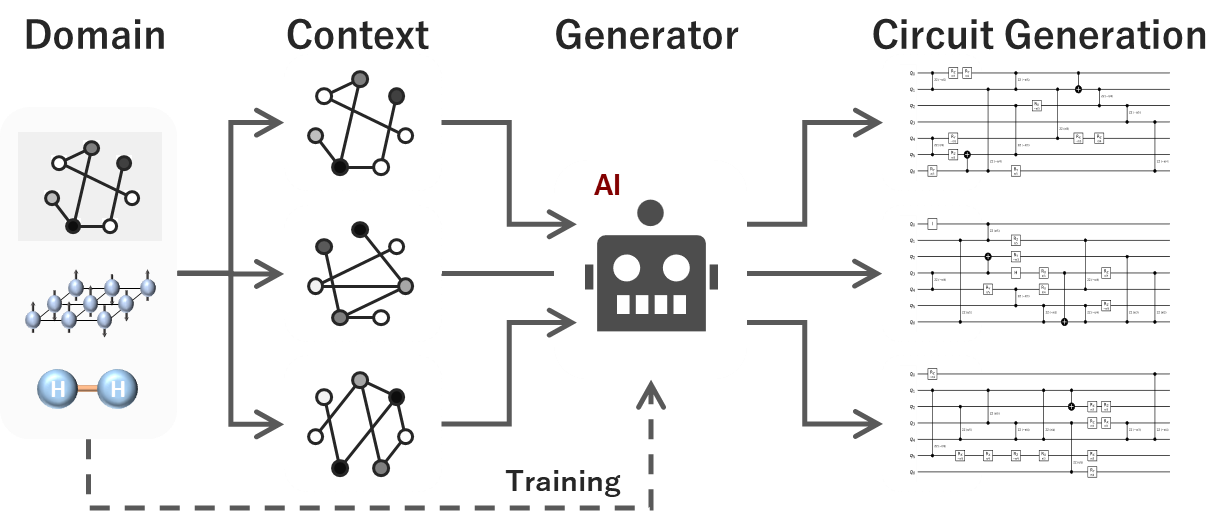| photo |
position & name |
field of expertise |
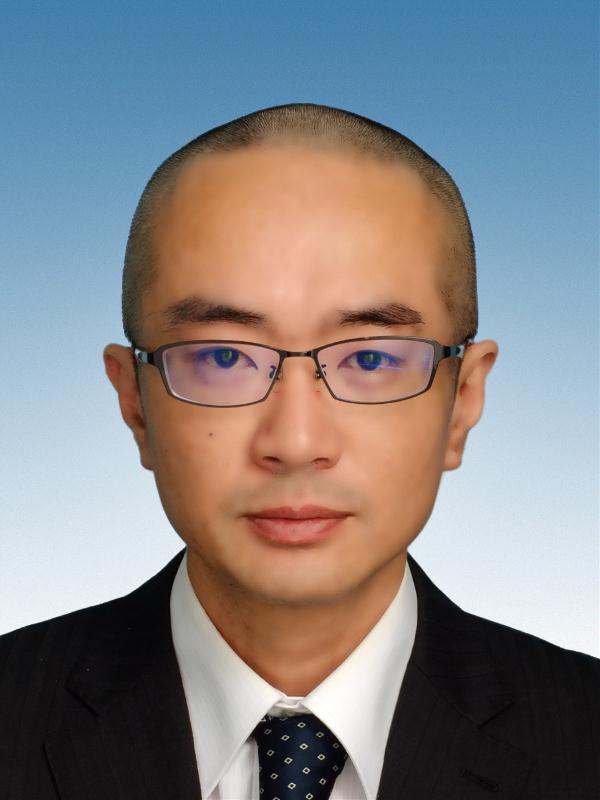 |
Team Leader,
Yohichi SUZUKI |
Applied research on quantum computers, Equilibrium and non-equilibrium statistical physics |
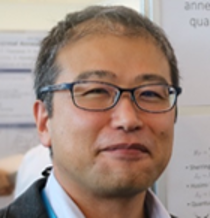 |
Joint Appointed Fellow,
Tadashi KADOWAKI |
Applied research on quantum computers, Quantum CAE, AI4Science |
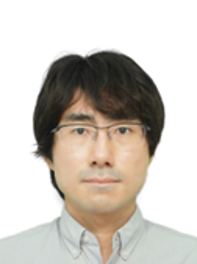 |
Senior Researcher,
Yuta MIZUNO |
Quantum algorithms, dynamical systems, optimization, chemical reactions |
 |
Researcher,
Shunya MINAMI |
Statistical machine learning, artificial intelligence, financial engineering, materials informatics |
 |
Researcher,
Haruka AKISHIMA |
|
 |
Researcher,
SUDEERA GUNATHILAKA Sudeera Gunathilaka |
Unconventional computing architectures (Coherent computing, Quantum computing etc.), Optimisation algorithms (Nonlinear, Combinatorial etc.), High-Performance computing |
 |
Invited Senior Researcher,
Yusuke HAMA |
quantum algorithms for optimization, machine learning, and materials informatics quantum circuit transpilation quantum error mitigation, suppression, and correction |
 |
Concurrent post,
Toshihiro KATASHITA |
|
 |
Concurrent post,
Hisao NAKAMURA |
First principles simulation of chemical reaction, optical response, and electric and thermal transport in device materials |
 |
Concurrent post,
Katsuhiro ENDO |
|
 |
Concurrent post,
Takeaki TANIGUCHI |
|
 |
Concurrent post,
Naoya OKADA |
|
 |
Concurrent post,
Takenobu NAKAMURA |
Application of topological data Analysis for material science ; Molecular dynamics simulation for soft material, Free energy calculation ; Non-equilibrium statistical mechanics |
 |
Concurrent post,
Kotaro MAKINO |
|
 |
Concurrent post,
Naoki SHIGI |
Development of next generation drug discovery technology using quantum computers and AI
Elucidation of the role and biosynthesis mechanism of functional RNA and their application towards drug discovery |
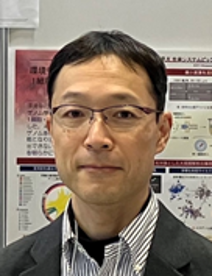 |
Concurrent post,
Hisashi ANBUTSU |
Development of next generation drug discovery technology using quantum computers and AI
Genome analysis of difficult-to-isolate and difficult-to-culture symbiotic bacteria |
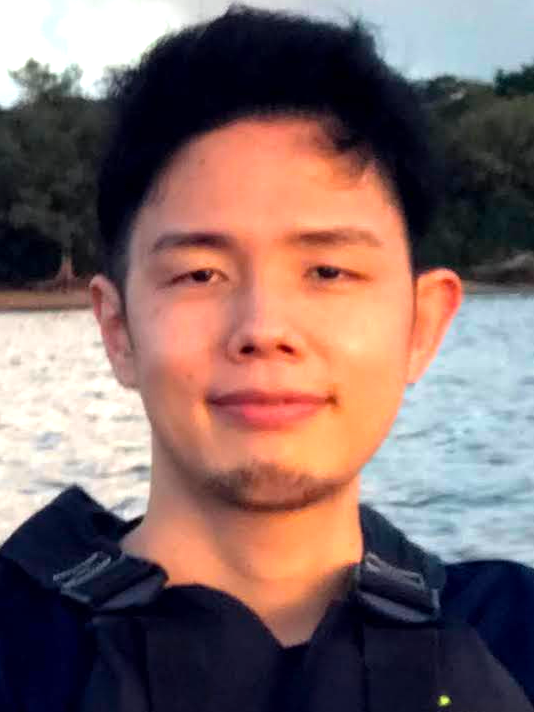 |
Concurrent post,
Jun INOUE |
Programming languages, formal methods |
